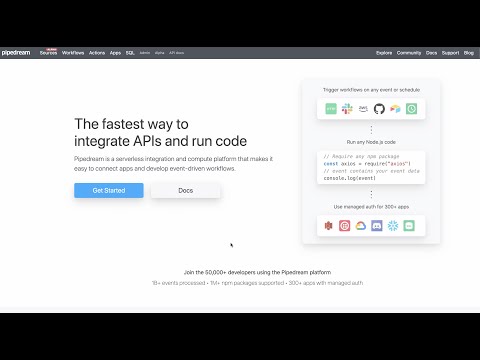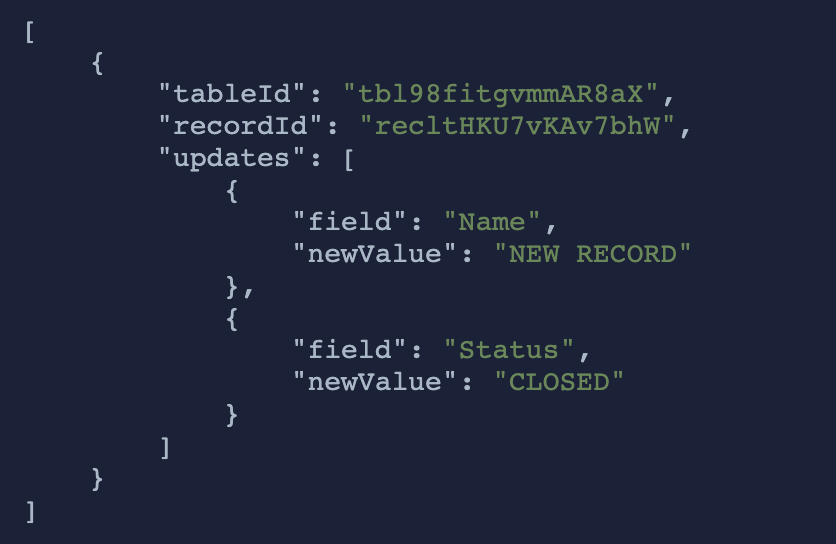What do you want to automate
with MySQL and Slack?
Prompt, edit and deploy AI agents that connect to MySQL, Slack and 2,800+ other apps in seconds.
Trusted by 1,000,000+ developers from startups to Fortune 500 companies
Popular MySQL and Slack Triggers#
Emit new event when a new message is posted to one or more channels
Emit new event when you add or modify a new row in a table. See the docs here
Emit new event when new rows are returned from a custom query. See the docs here
Popular MySQL and Slack Actions#
Send a message to a public or private channel. See the documentation
Send a message to a user, group, private channel or public channel. See the documentation
Overview of MySQL#
The MySQL application on Pipedream enables direct interaction with your MySQL databases, allowing you to perform CRUD operations—create, read, update, delete—on your data with ease. You can leverage these capabilities to automate data synchronization, report generation, and event-based triggers that kick off workflows in other apps. With Pipedream's serverless platform, you can connect MySQL to hundreds of other services without managing infrastructure, crafting complex code, or handling authentication.
Connect MySQL#
import mysql from '@pipedream/mysql';
export default defineComponent({
props: {
mysql,
},
async run({steps, $}) {
// Component source code:
// https://github.com/PipedreamHQ/pipedream/tree/master/components/mysql
const queryObj = {
sql: "SELECT NOW()",
values: [], // Ignored since query does not contain placeholders
};
return await this.mysql.executeQuery(queryObj);
},
});Overview of Slack#
The Pipedream app for Slack enables you to build event-driven workflows that interact with the Slack API. Once you authorize the app's access to your workspace, you can use Pipedream workflows to perform common Slack actions or write your own code against the Slack API.
The Pipedream app for Slack is not a typical app. You don't interact with it directly as a bot, and it doesn't add custom functionality to your workspace out of the box. It makes it easier to automate anything you'd typically use the Slack API for, using Pipedream workflows.
- Automate posting updates to your team channels
- Create a bot to answer common questions
- Integrate with your existing tools and services
- And much more!
Connect Slack#
import { axios } from "@pipedream/platform"
export default defineComponent({
props: {
slack: {
type: "app",
app: "slack",
}
},
async run({steps, $}) {
return await axios($, {
url: `https://slack.com/api/users.profile.get`,
headers: {
Authorization: `Bearer ${this.slack.$auth.oauth_access_token}`,
},
})
},
})
Related Videos#


Community Posts#
